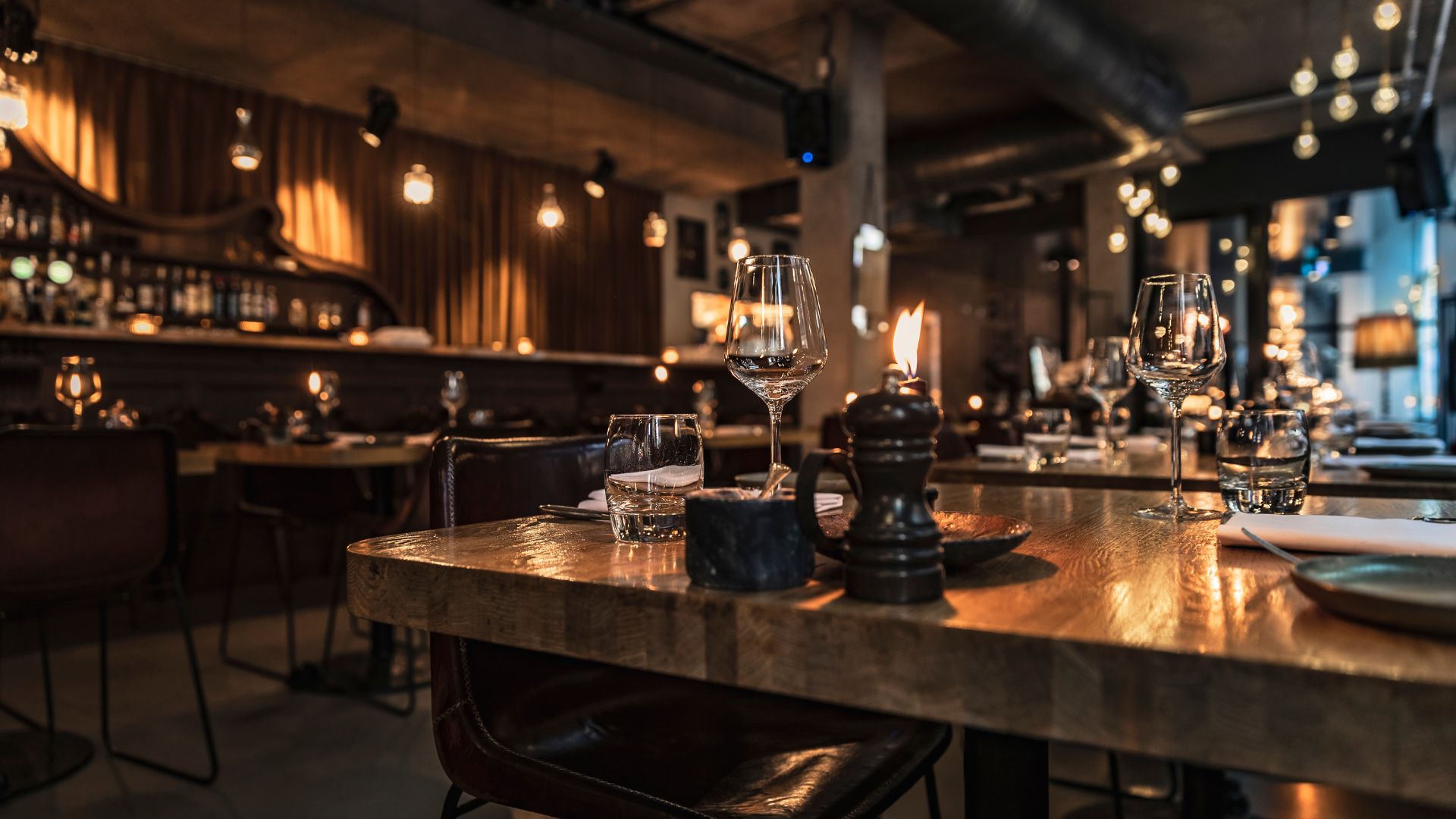In the ever-evolving world of architecture, some buildings transcend the ordinary and become symbols of human ingenuity and creativity. Skyscrapers have long been synonymous with modern architecture. However, there is a fascinating realm beyond them, where innovative designs and visionary concepts redefine the essence of a building’s purpose.
In this blog post, we will embark on a journey to explore some of the most captivating modern architectural icons that have reshaped the world’s urban landscapes and captured the imagination of millions.
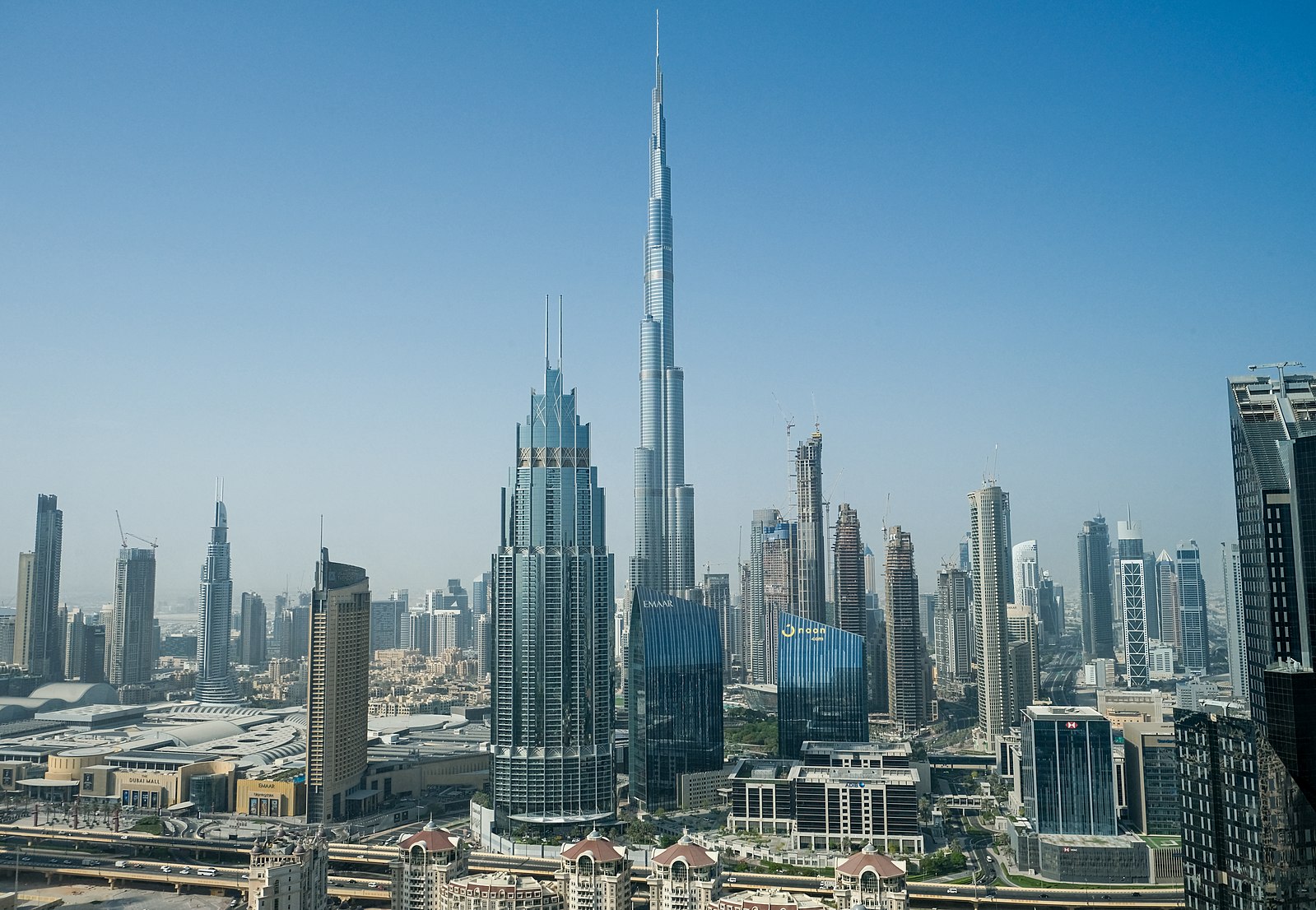
Burj Khalifa
To begin, no exploration of modern architectural icons would be complete without mentioning the awe-inspiring Burj Khalifa in Dubai, UAE. Soaring at a staggering height of 828 meters (2,717 feet), it holds the title of the tallest building globally. This is truly a testament to human ambition and engineering prowess.
Designed by Adrian Smith of Skidmore, Owings & Merrill, the Burj Khalifa’s sleek, tapering structure rises gracefully from the desert sands. Without mistake, when gazing upon the design, one cannot help but feel the sense of grandeur. Its exterior features a combination of glass and stainless steel,. The building reflects the changing hues of the desert sun and the azure sky, creating a captivating spectacle.
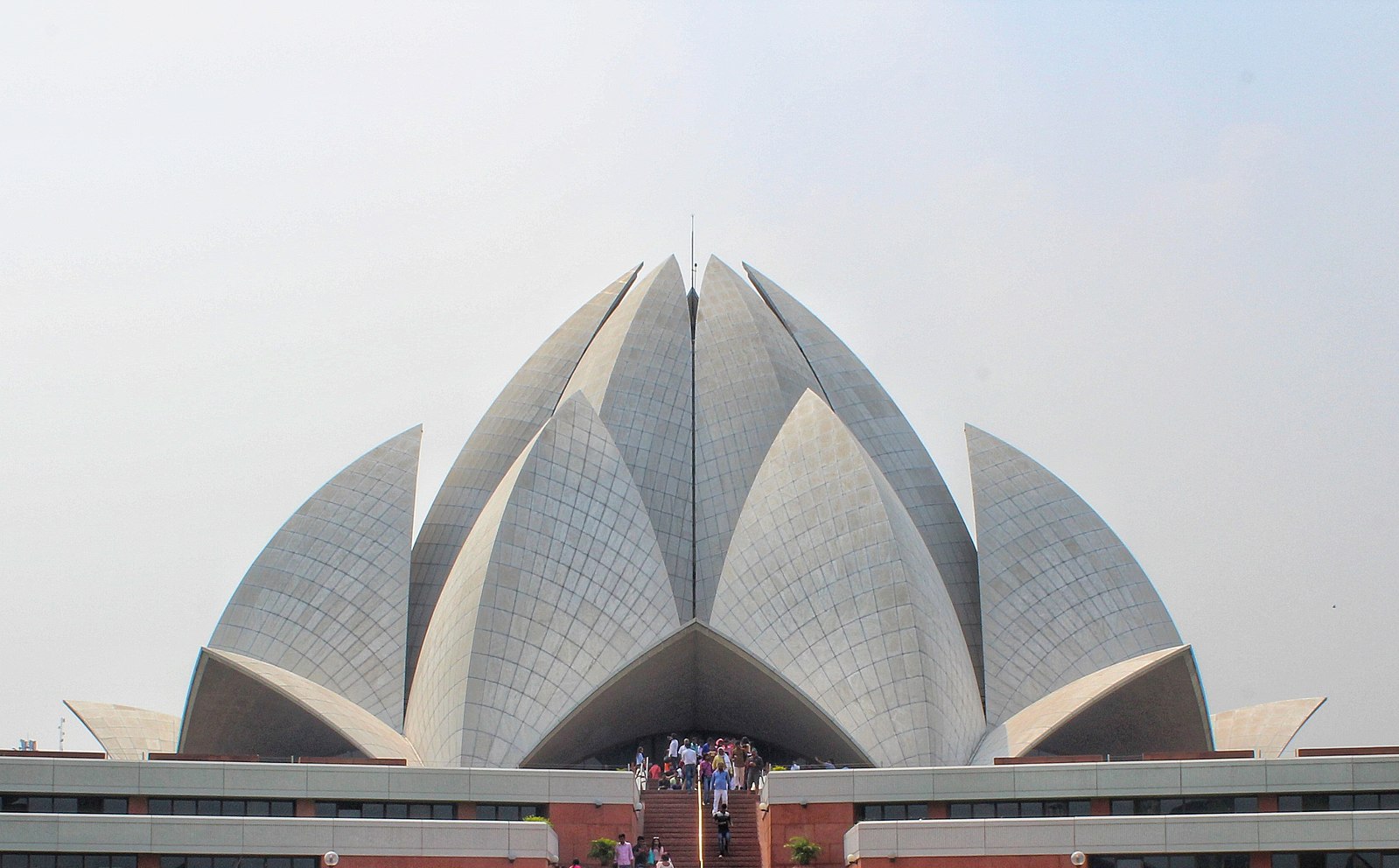
The Lotus Temple
Next, as we move away from the skyscraper typology, the Lotus Temple in New Delhi, India, is a serene and unique architectural marvel. Shaped like a blooming lotus flower, Fariborz Sahba designed the temple and served as the Bahá’í House of Worship.
Composed of 27 free-standing marble-clad “petals,” the building symbolizes purity, peace, and unity. With its emphasis on harmony with nature, the Lotus Temple beckons visitors of all faiths to contemplate and find solace amidst its tranquil ambiance.
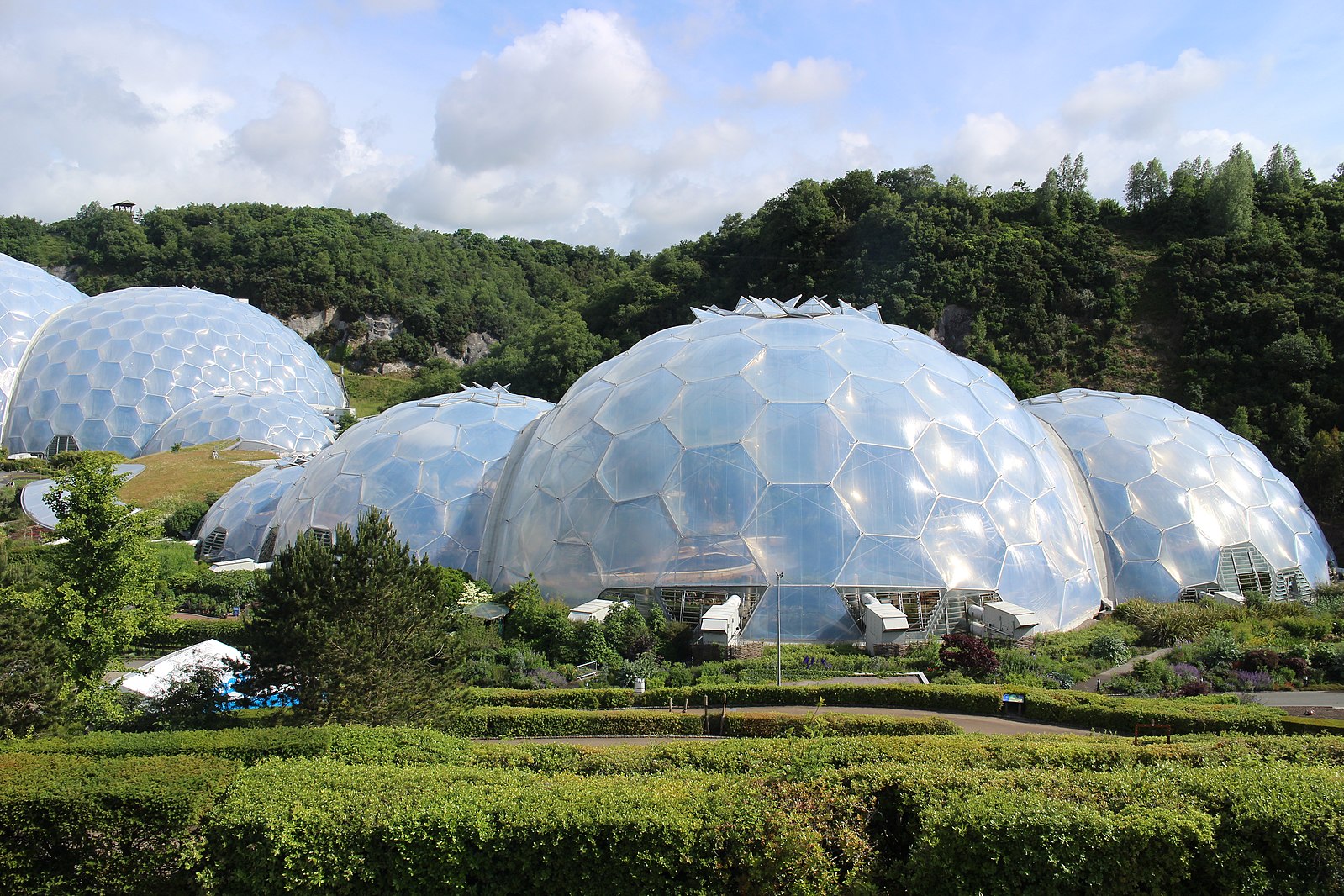
The Eden Project
Venturing into the heart of Cornwall, England, we encounter the Eden Project, a groundbreaking ecological attraction designed by Sir Nicholas Grimshaw. Comprising a set of enormous geodesic domes, the project is home to the world’s largest indoor rainforest.
Undoubtedly, these iconic biomes house an astounding variety of plant species from diverse climates. To that end, they serve as living laboratories for ecological research and education. The Eden Project highlights the importance of environmental conservation and sustainable design. Visitors are inspired to connect profoundly with the natural world.
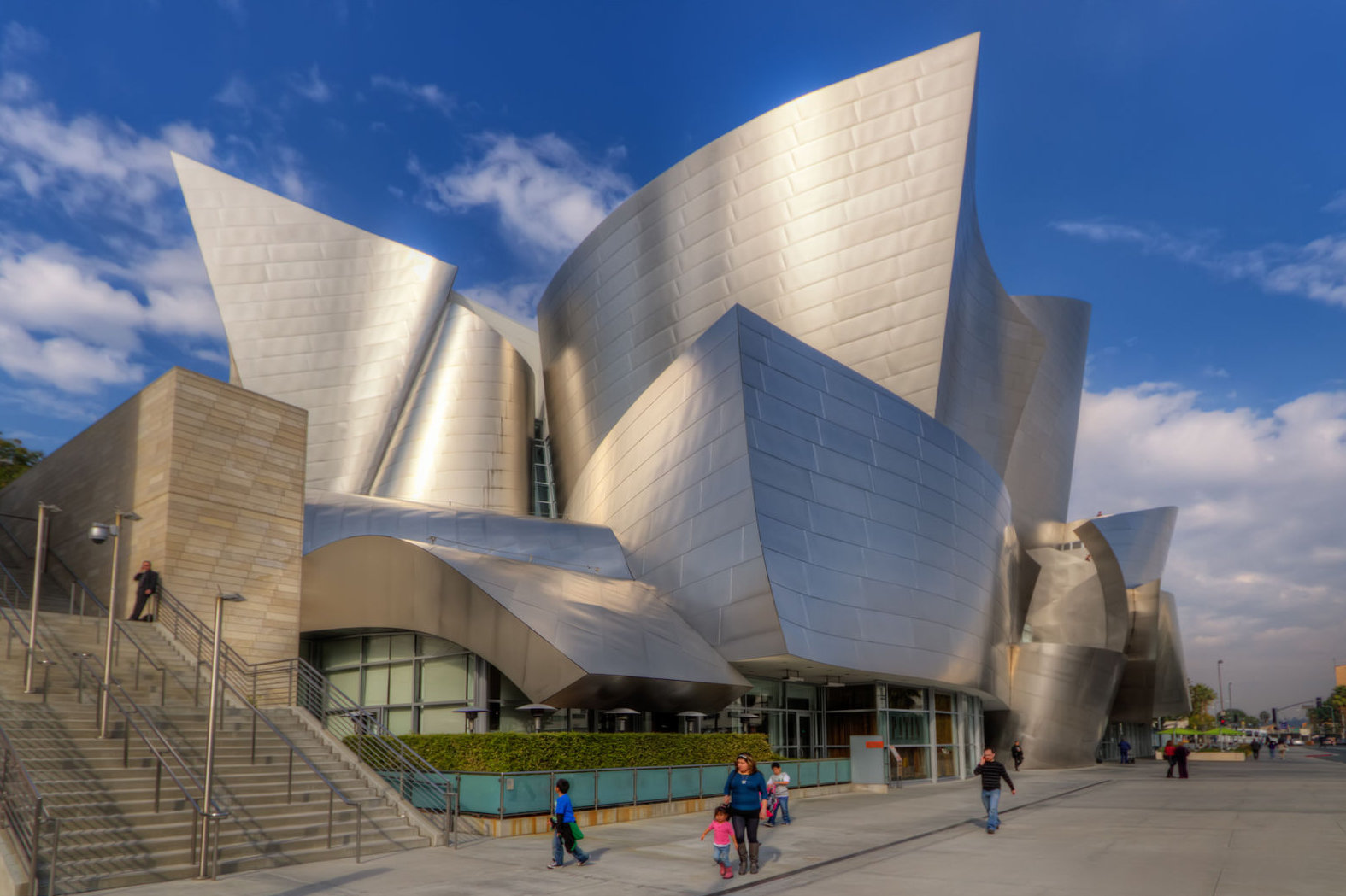
Walt Disney Concert Hall
Architect Frank Gehry’s brilliance shines through in the Walt Disney Concert Hall in Los Angeles, USA. Renowned for its undulating stainless steel facade, the building celebrates fluidity and movement. The design itself reflects Gehry’s vision of music in physical form.
As home to the Los Angeles Philharmonic, the concert hall boasts exceptional acoustics and a visually stunning interior that complements the exterior’s dynamic design. This architectural gem is a testament to the seamless integration of art, music, and architecture..
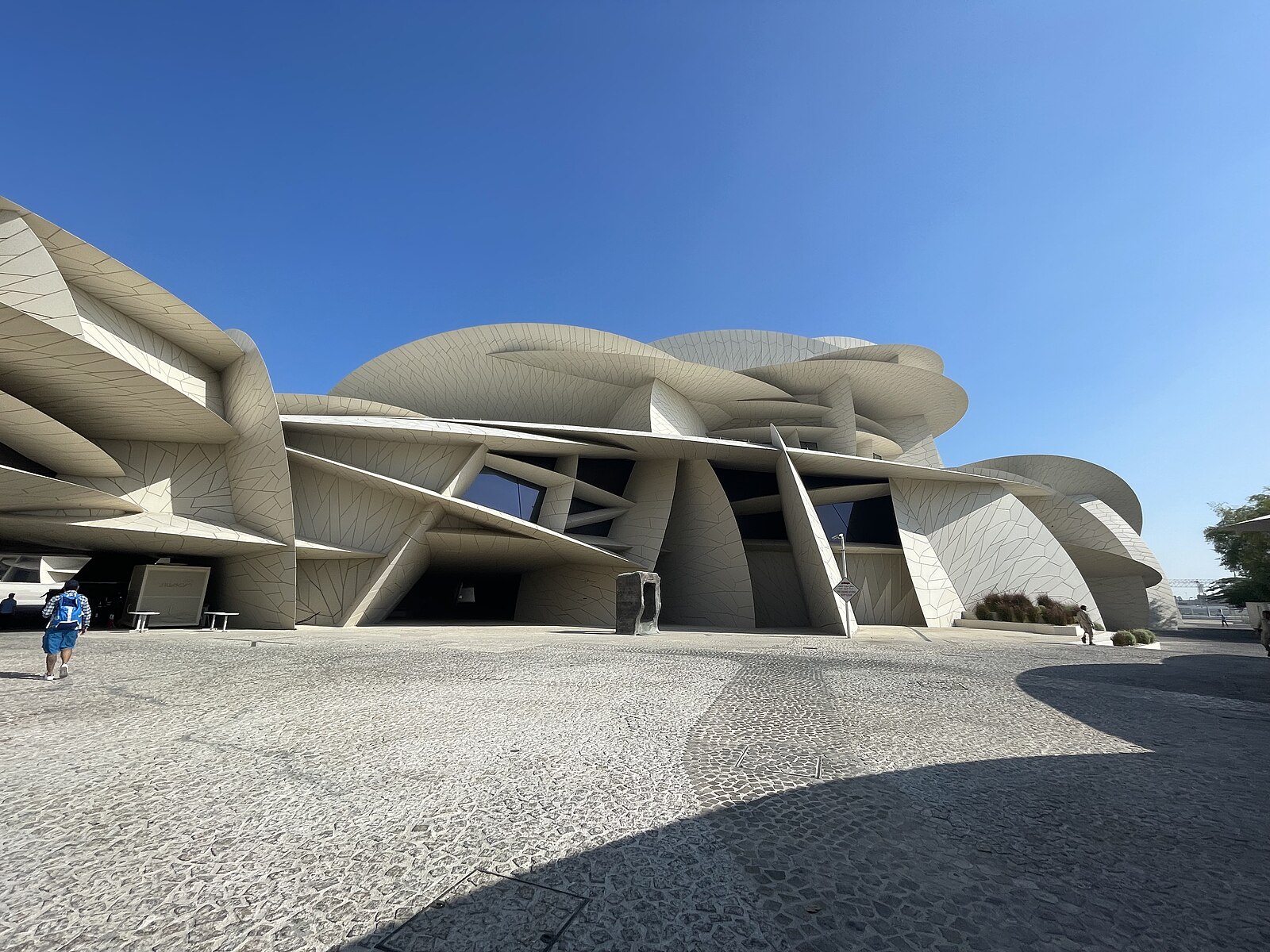
The National Museum of Qatar
Zaha Hadid Architects’ masterpiece, the National Museum of Qatar, is an architectural gem that pays homage to the country’s cultural heritage. Inspired by the desert rose, a mineral formation in Qatar’s arid regions, the building’s interlocking discs, and curvilinear forms create an otherworldly landscape.
The museum’s exhibitions and galleries chronicle the nation’s history, art, and traditions, immersing visitors in Qatar’s rich past while being surrounded by an exquisite architectural marvel of the present.
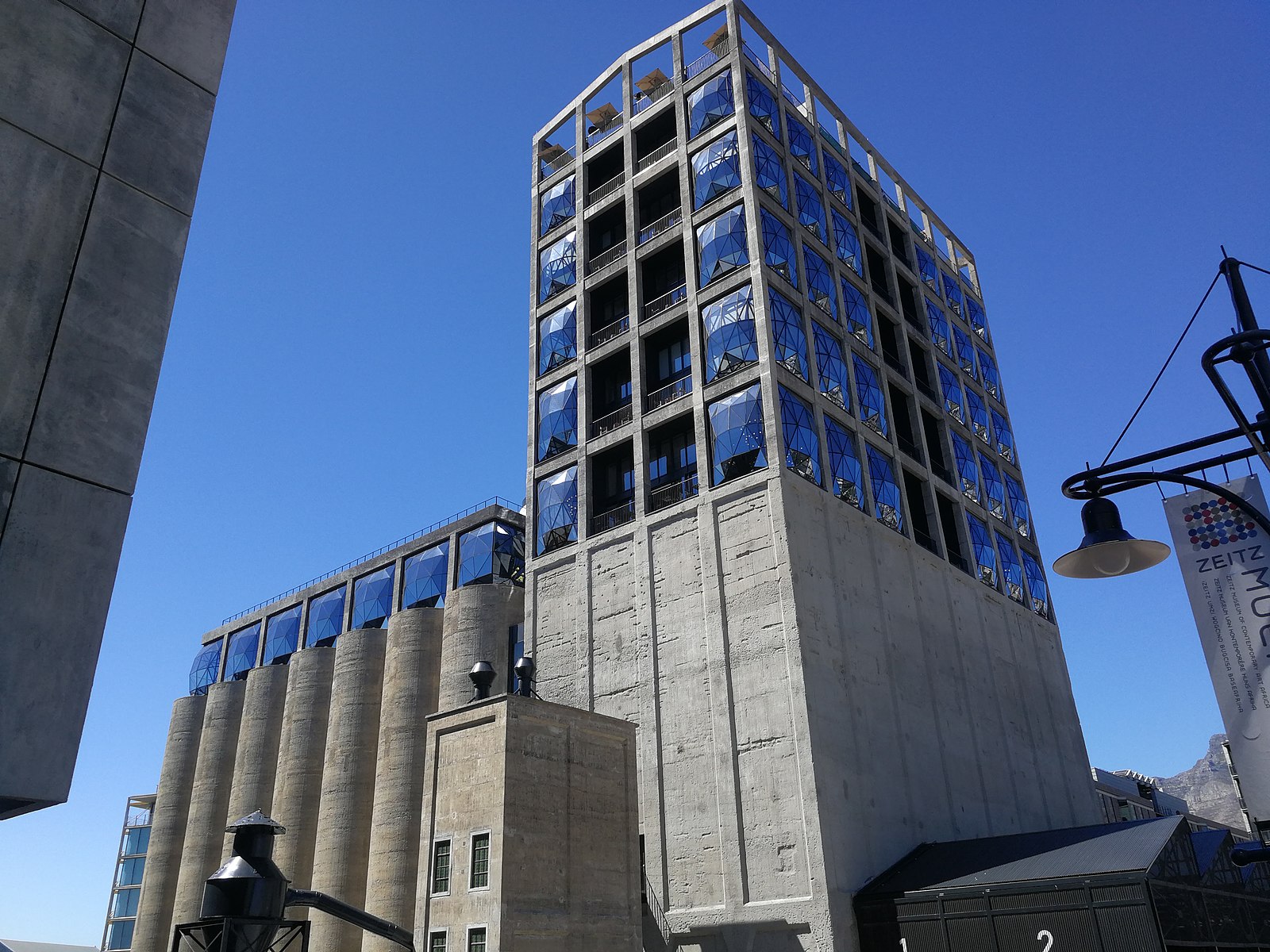
The Zeitz MOCAA
Uniquely, The Zeitz Museum of Contemporary Art Africa (MOCAA) in Cape Town, South Africa, is housed within a transformed grain silo complex. Designed by architect Thomas Heatherwick, the structure’s most striking feature is the extraordinary atrium, carved from the original concrete tubes of the silos.
The building’s repurposed design is a poignant symbol of urban regeneration and transformation. As one of the world’s largest contemporary art museums, Zeitz MOCAA showcases the work of African artists, making it a cultural beacon in the continent’s heart.

The Shanghai Tower
Finally, as we complete our journey with a return to skyscrapers, the Shanghai Tower in China stands tall as a sustainable design and functionality masterpiece. Gensler designed this 632-meter (2,073-foot) tower stands in the heart of Shanghai’s Lujiazui district. The tower’s twisting form reduces wind loads and optimizes energy efficiency.
It features nine vertical zones. Additionally, each zone serves as a self-contained city with offices, hotels, retail spaces, and gardens. This innovative approach to urban density makes the Shanghai Tower an exemplar of the future of urban living.
Conclusion
Without question, modern architecture continues to evolve and push boundaries, as shown by some of the most iconic structures of our time. Beyond the dazzling heights of skyscrapers, architects have truly flexed their creative muscles with buildings like the Lotus Temple and the Shanghai Tower. These structures are breathtakingly beautiful and represent the epitome of sustainable innovation.
Looking ahead, it is exciting to envision what new icons will emerge, especially with the use of welding technology, which is revolutionizing the construction industry. Undoubtedly, future architects will continue to dream up awe-inspiring designs that capture our imagination and change our world.
For further reading, check out our category that covers industry-related topics of oil and gas, real estate, and law.







